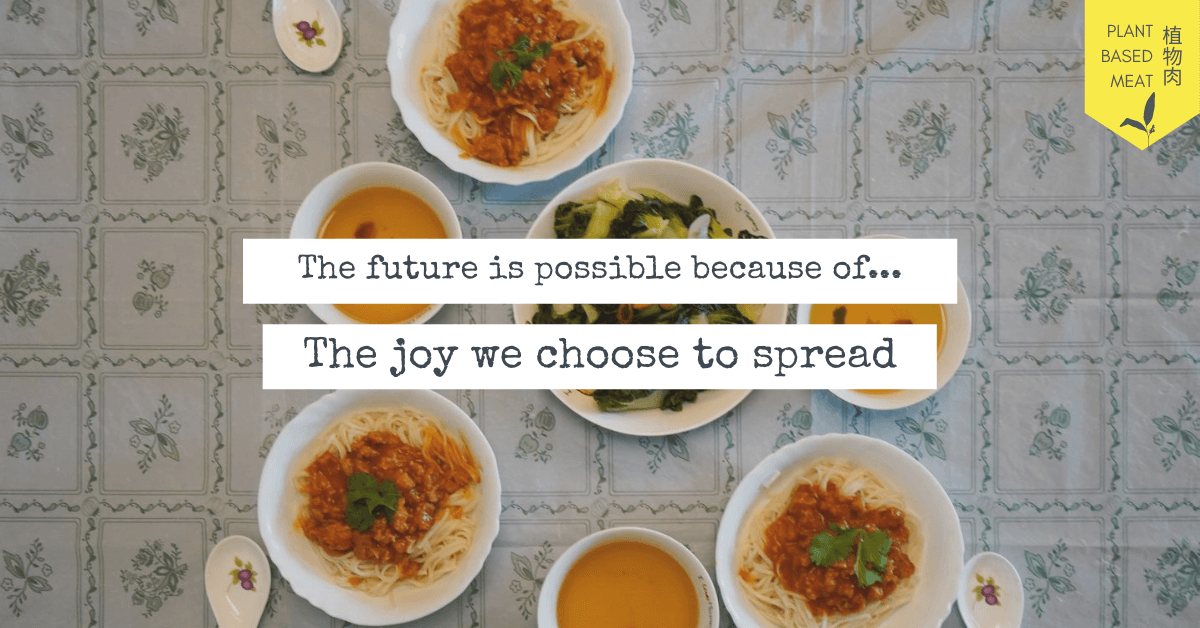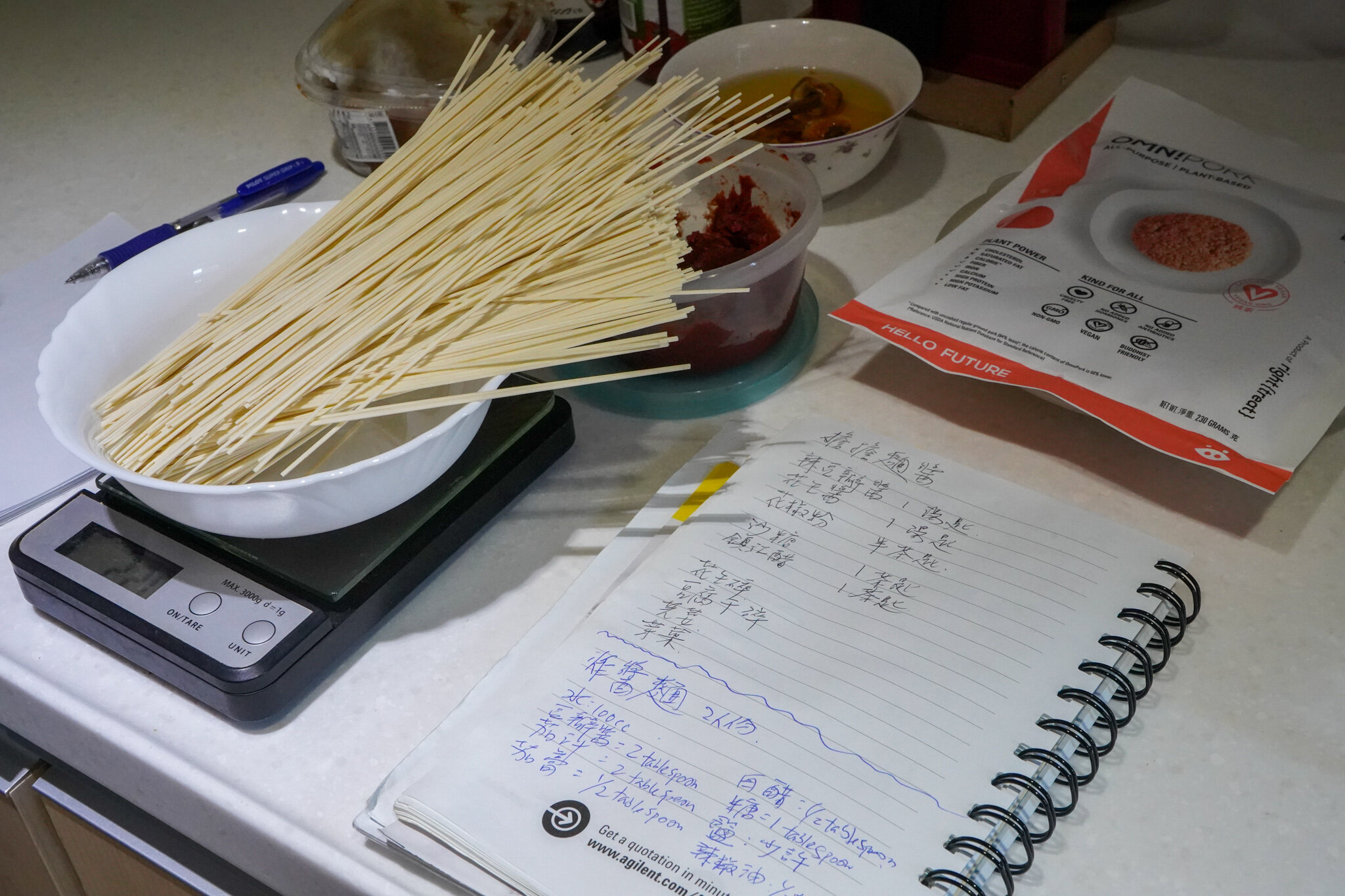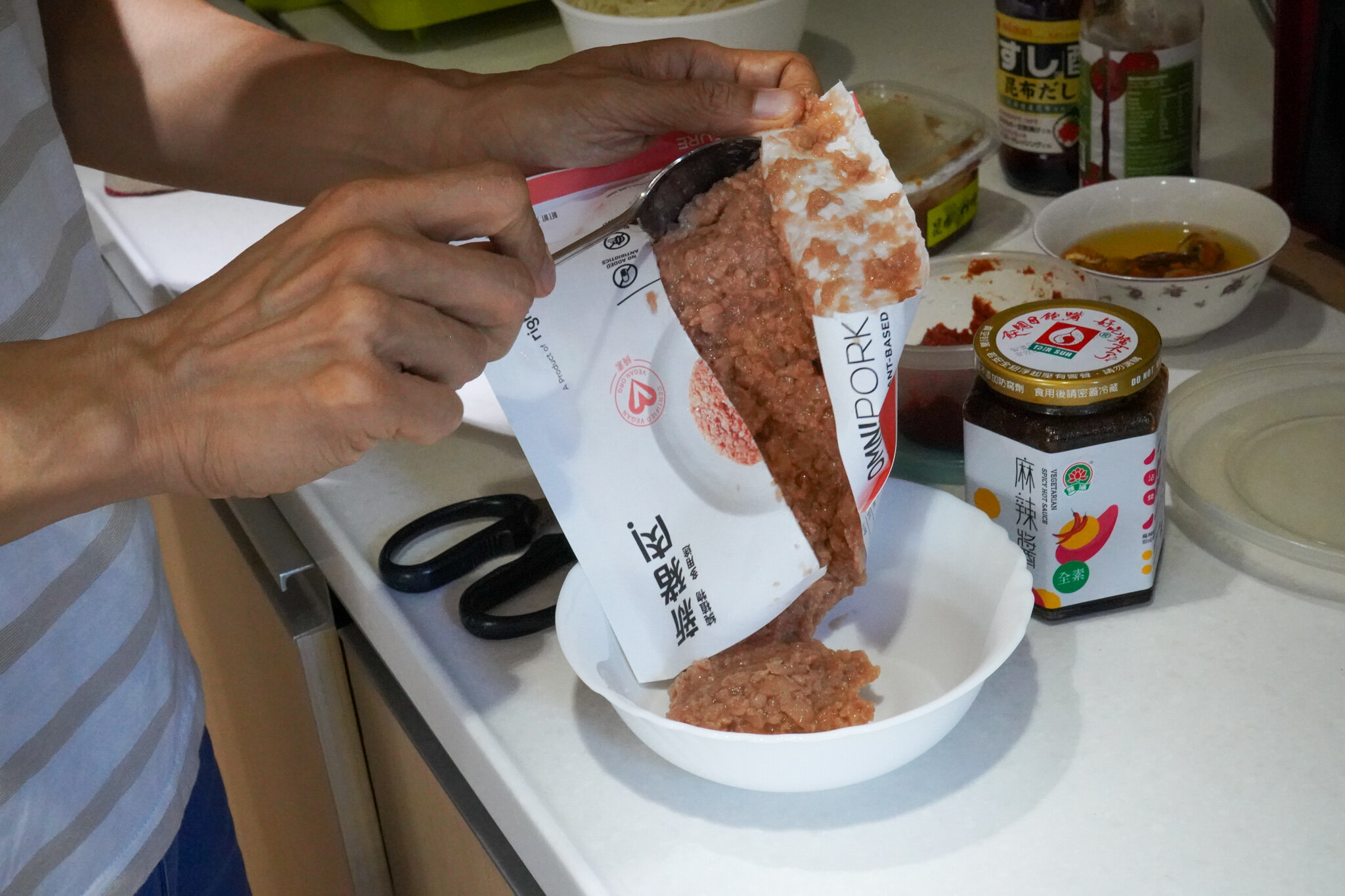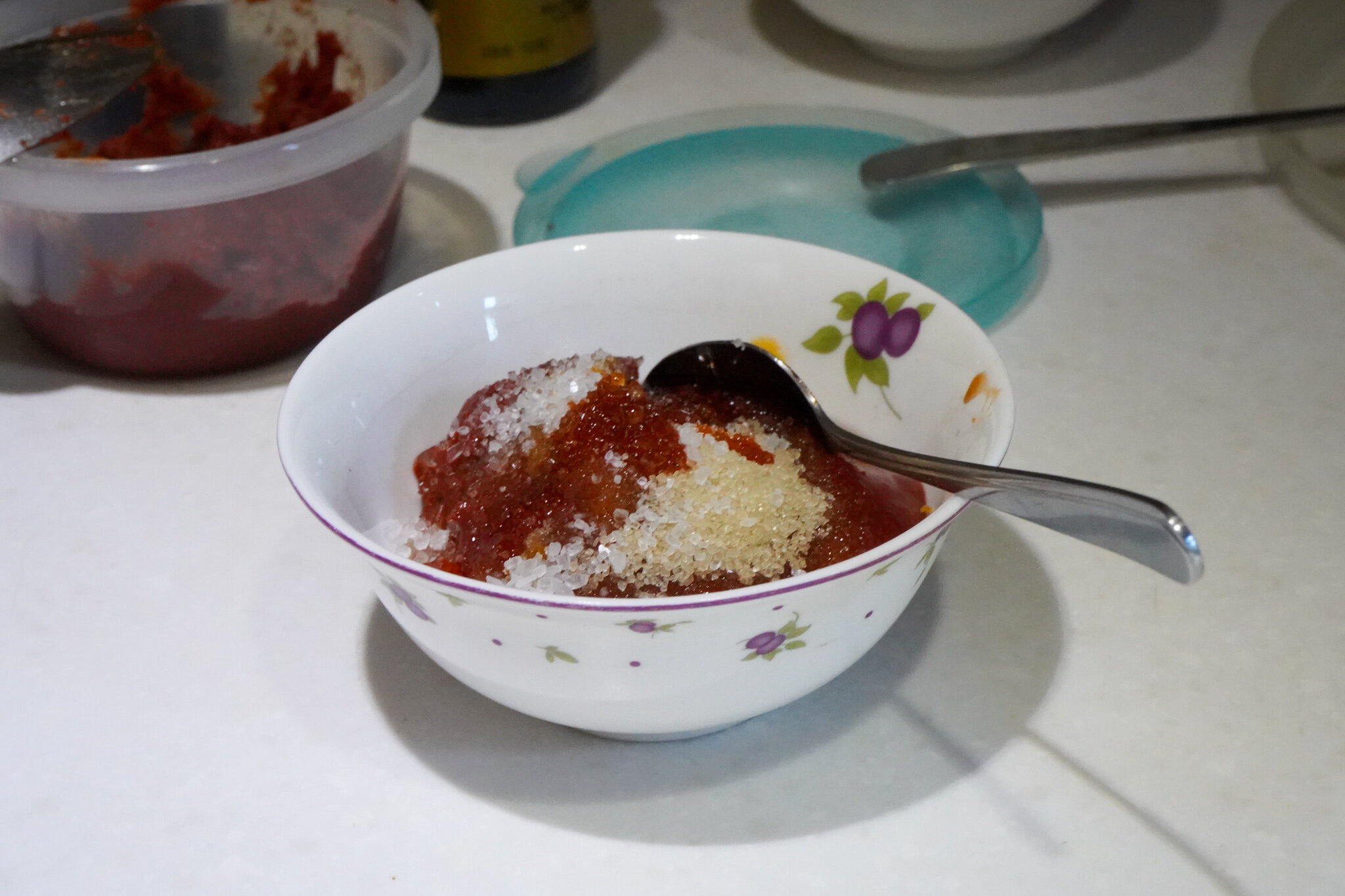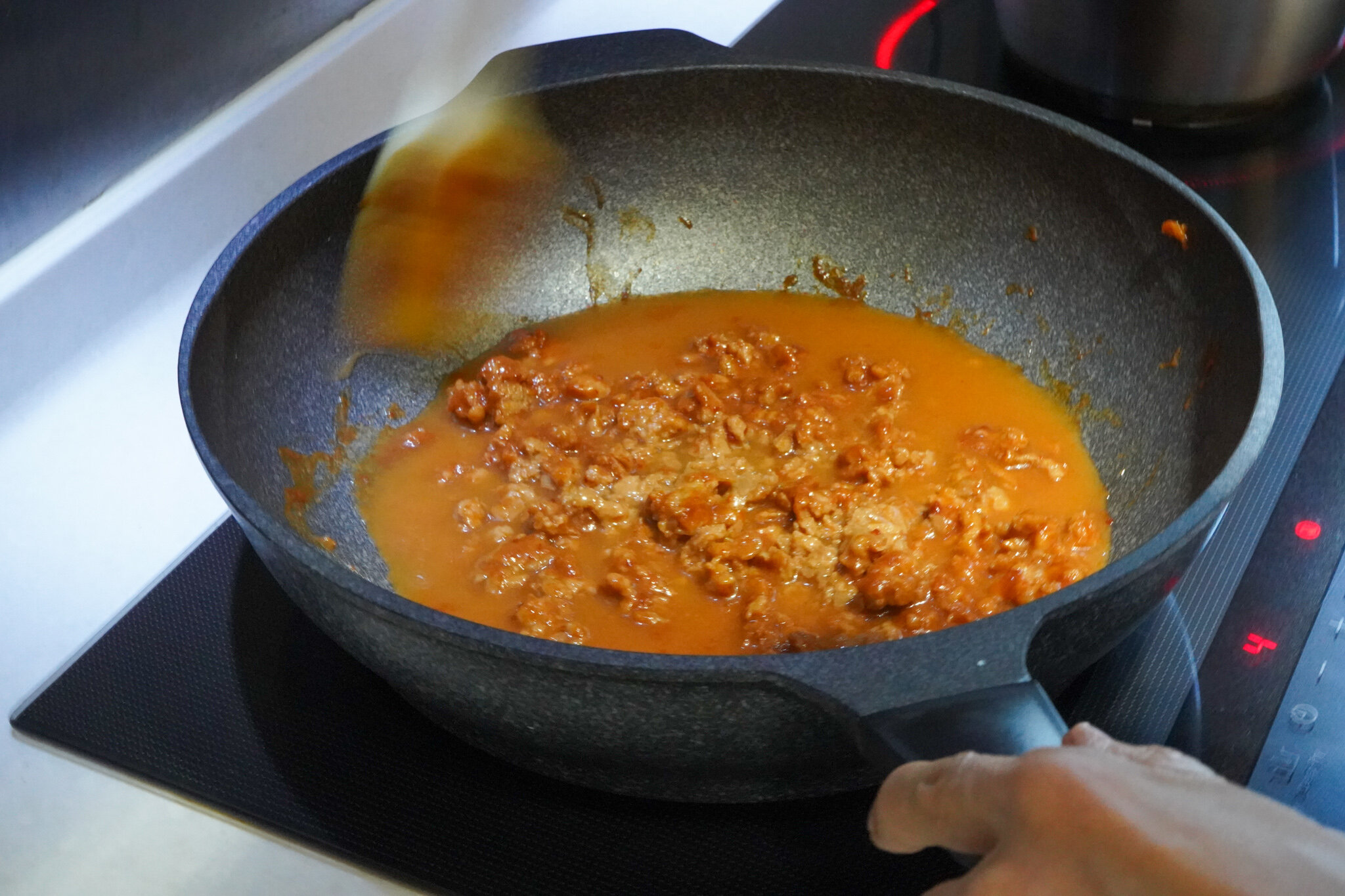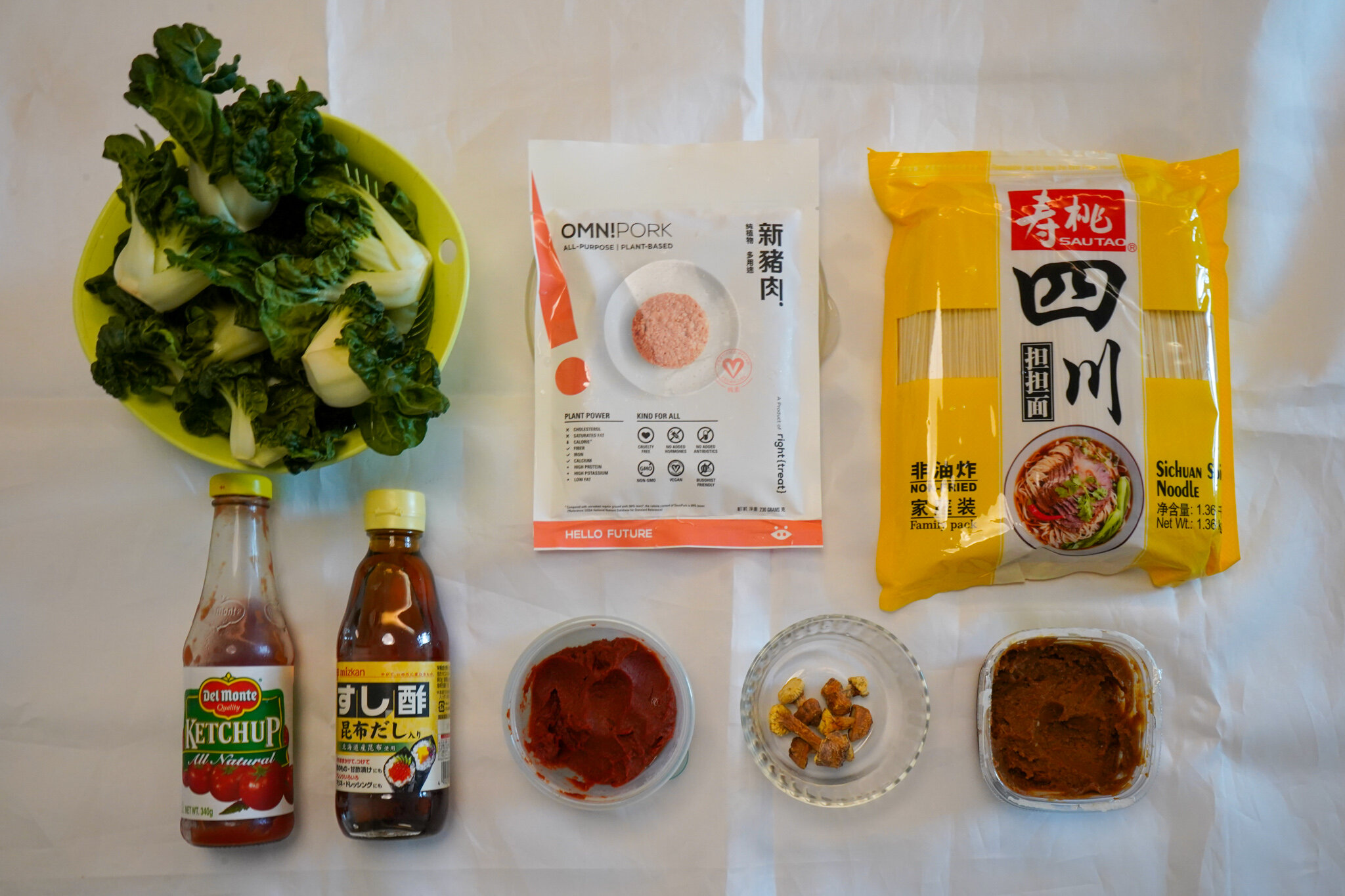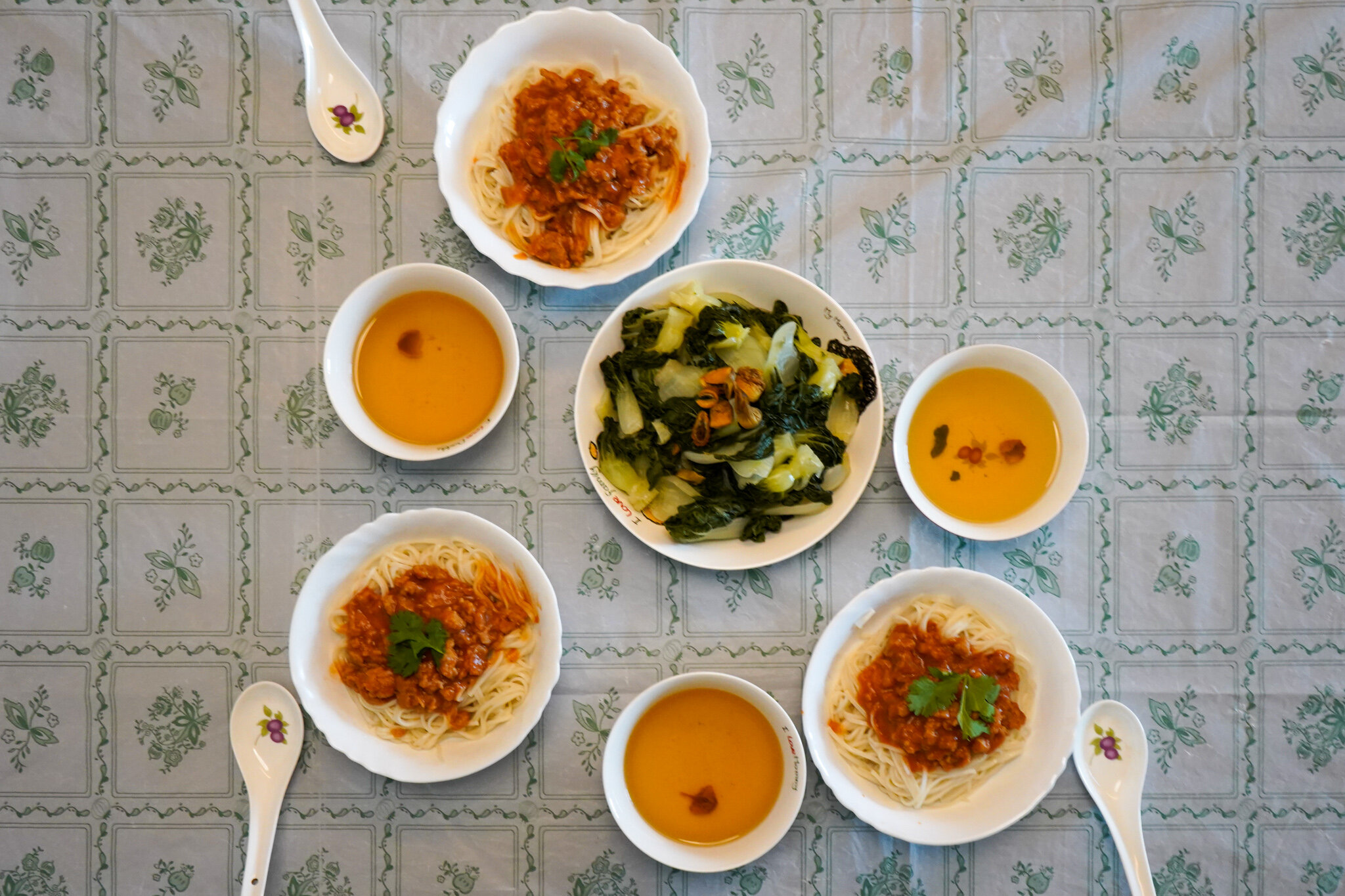【The Food That Makes Us】Hong Kong-style Jajangmyeon
【The Food That Makes Us】Vegan Uncle | Hong Kong-style Jajangmyeon
In this series, we head into the kitchens of local Hong Kong homes to see how novel plant-based meat products are used in everyday households. What we discover is a wealth of intimate knowledge with food, as well as memories of how a generation grew up. Beyond the brand of the “future” that these exciting products often adopt, we unveil how forward-thinking innovations and cultures are more connected to our past than we could imagine.
Explore other stories in this series:
Omnivore Auntie | Soybean Sprouts Stir Fry with Omnipork Strips
Vegetarian Auntie | Nyonya Sambal Heura Chicken with Nasi Lemak
1 / What’s the story behind this dish?
When my wife was pregnant, I always had jajangmyeon with her. We loved the taste at that time - the sourness, paired with the spiciness, made it especially appetising. Nostalgic for those flavours recently, I started exploring how to make it.
Hong Kong-style jajangmyeon and Sichuan Dan Dan noodles are cousins. After a bit of research, I realised there was Taiwanese jajangmyeon as well. The Hong Kong-style noodles are characterised by their tomato flavour and mild hotness. I see it as something that straddles Sichuan Dan Dan noodles and spaghetti bolognaise - a product of localisation.
With Omnipork now, it’s much more convenient to make all sorts of things. Omnipork simplifies the process. If I’m not using plant-based meat, I would mash dried tofu or dice king oyster mushrooms. Simply pan-frying them gives them a great taste and texture.
2 / Have you noticed any changes in Hong Kong’s food culture over the years?
The Hong Kong in my memory didn’t have such a prominent fast-food culture - until Cafe de Coral came about. The food culture here seems to be primarily market-driven. If there are new things in/on the market, Hong Kong people will be curious to try them out.
I did notice changes in the vegan/vegetarian scene in recent years though. There are indeed more choices. However, consumers tend to prefer new things and many small businesses may not be able to catch up with the latest trends.
I understand their difficulties. After all, their market is smaller; they may not be able to open up branches, and the consumer base tends to be the same. It’s a tough environment for vegan/vegetarian businesses, so when I choose where to spend my dollars, I do prioritise these restaurants.
3 / What was your turning point in making a significant change in your diet?
About 20 years ago, at the prime of my career, I worked during the day and studied at night. As my health deteriorated, I started exploring topics on wellbeing.
I went through a natural-therapy course, where I learned that animal protein could be harmful to our veins, and that changing our diet was one of the most effective solutions. That was when I realised that eating differently was feasible.
Eating less meat made me feel less stuffed. Without this burden, I felt my spirits lifted. In the beginning, getting hungry quickly was the hardest part, but I eventually adjusted and adapted to it. Over the next decade or so, I learned more about nutrition and plant nutrition from the perspective of our wellbeing. The knowledge I gained helped me stay determined to sustain this lifestyle.
4 / Years ago, you became vegan for your health. Has the reason behind this choice changed since then?
Yes. It changes every year. For instance, I initially learned about environmental issues through Loving Hut. I started thinking about how I could become a catalyst for change and build something better for the next generations. My children will still be still here - if the earth is destroyed, if it was submerged by water - how would they live then?
I should be playing my part in protecting our home. But everyone has different ways of participating. Some like to hold signs in protests. For me, I choose a more incremental method - using the joy of food to influence those around me.
5 / Share your plant-based meat recipe.
【Hong Kong-style Jajangmyeon】
Serves: 2
Total cooking time: 30-45 mins
Ingredients:
Marination:
1/2 tsp dark soy sauce
1/2 tsp soy sauce
1/2 tsp sugar
Topping Sauce:
2 tbsp miso paste
2 tbsp ketchup
1/2 tbsp tomato paste
1/2 tbsp white vinegar
1 tbsp sugar
Some salt
1/2 tsp chili oil
100cc water
1 tbsp tapioca starch or corn starch
Half pack Omnipork
Steps:
After thawing the Omnipork, marinate with dark soy sauce, soy sauce, and sugar.
Use a wok to fry the Omnipork until fragrant. Add the topping sauce condiments and mix well.
Add 100cc of water and bring to a boil. Add the tapioca/corn starch to let the sauce thicken.
Traditional Hong Kong-style jajangmyeon uses fresh egg noodles. As I am vegan, I choose to use the Sichuan Dan Dan type of noodles. Also, Hong Kong-style stirred noodles, or “lo mein”, always come with a small bowl of soup. I prepared a simple one with bok choy and blaze mushrooms. This way, we can have veggies along with the soup!

